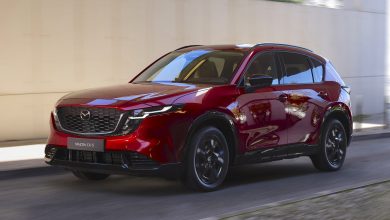Lexus Teammate Triumphs In New IIHS ADAS Safeguards Test
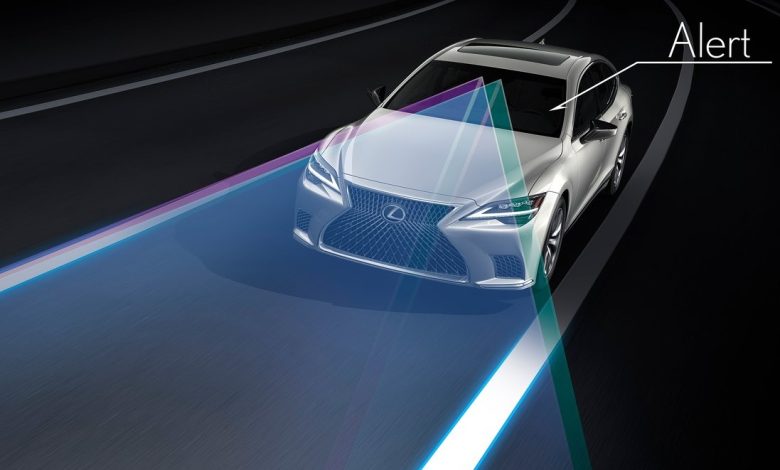
The Lexus system though only scored an ‘Acceptable’ rating, which goes to show how poor the others fared…
While nearly every automaker seems to be striving towards developing the technology to one day enable even the drivers of its cars to become passengers, it is unfortunately fair to say that this is not to be a reality just yet.

So in this intervening time then when adaptive cruise control is still to be only assisting the driver and not taking over entirely, automakers have since incorporated various bits of tech to monitor and remind the pile of flesh and blood behind the wheel to not be slacking off on its duties.
But if going by a scathing report recently released by the Insurance Institute for Highway Safety (IIHS), it would seem that none of these implemented safeguards are to actually be any good…
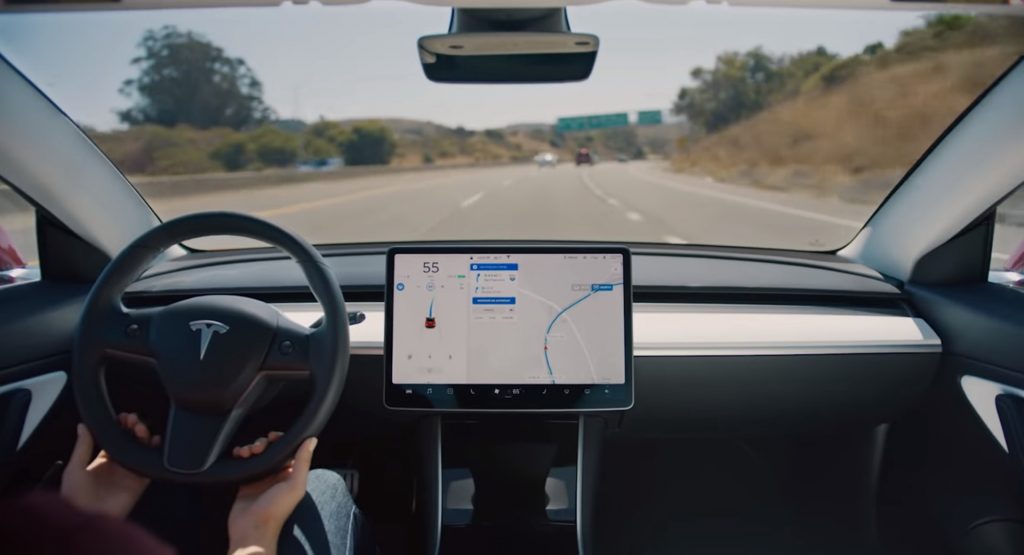
After all, of the 14 partial automation systems the IIHS has evaluated from BMW, Ford, General Motors, Genesis, Lexus, Mercedes-Benz, Nissan, Tesla and Volvo for this report, only the Lexus Teammate available on the LS limousine managed to scrape together a mediocre ‘Acceptable’ score.

The systems on the GMC Sierra and Nissan Ariya meanwhile came in slightly better than the rest with a ‘marginal’ rating. Though even then, both the Lexus and Nissan were to also be available with an alternative system that earned a ‘Poor’ score, along with systems on the Ford Mustang Mach-E, Genesis G90, Mercedes-Benz C-Class sedan, Tesla Model 3 and Volvo S90. The Blue Oval’s BlueCruise on Ford’s Mustang Mach-E did nevertheless win praise for its prompt alerts issued when the driver covered their faces.
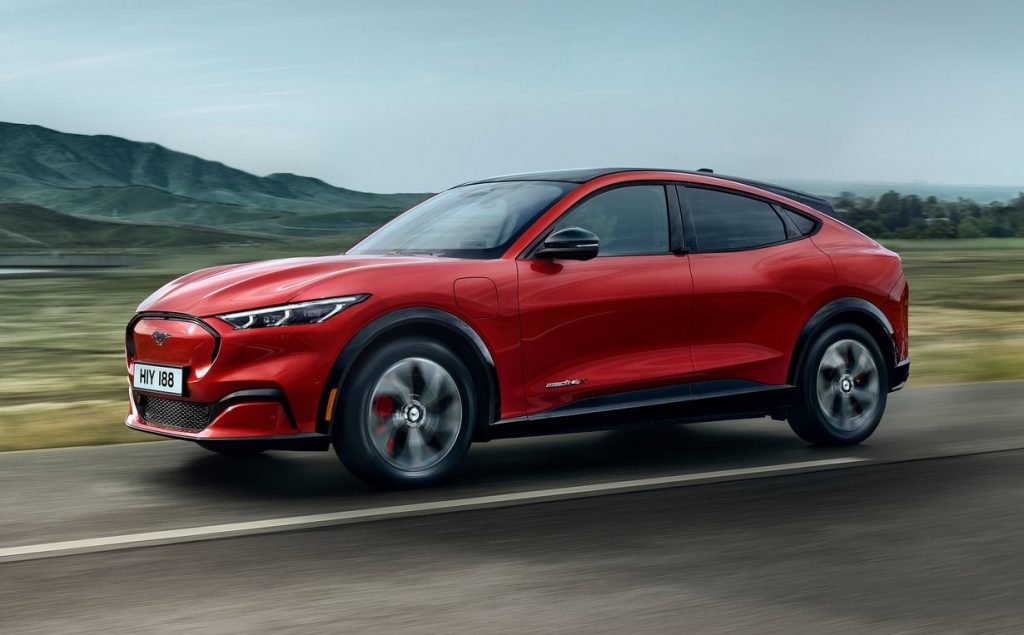
“The shortcomings vary from system to system,” said IIHS Senior Research Scientist Alexandra Mueller, who led the development of the new program. “Many vehicles don’t adequately monitor whether the driver is looking at the road or prepared to take control. Many lack attention reminders that come soon enough and are forceful enough to rouse a driver whose mind is wandering. Many can be used despite occupants being unbelted or when other vital safety features are switched off.”
‘Vehicles with partial automation are not self-driving — though automakers sometimes use names that imply their systems are’, reiterates the IIHS. ‘The human driver must still handle many routine driving tasks, monitor how well the automation is performing and remain ready to take over if anything goes wrong. While most partial automation systems have some safeguards in place to help ensure drivers are focused and ready, these initial tests show that they’re not robust enough.’
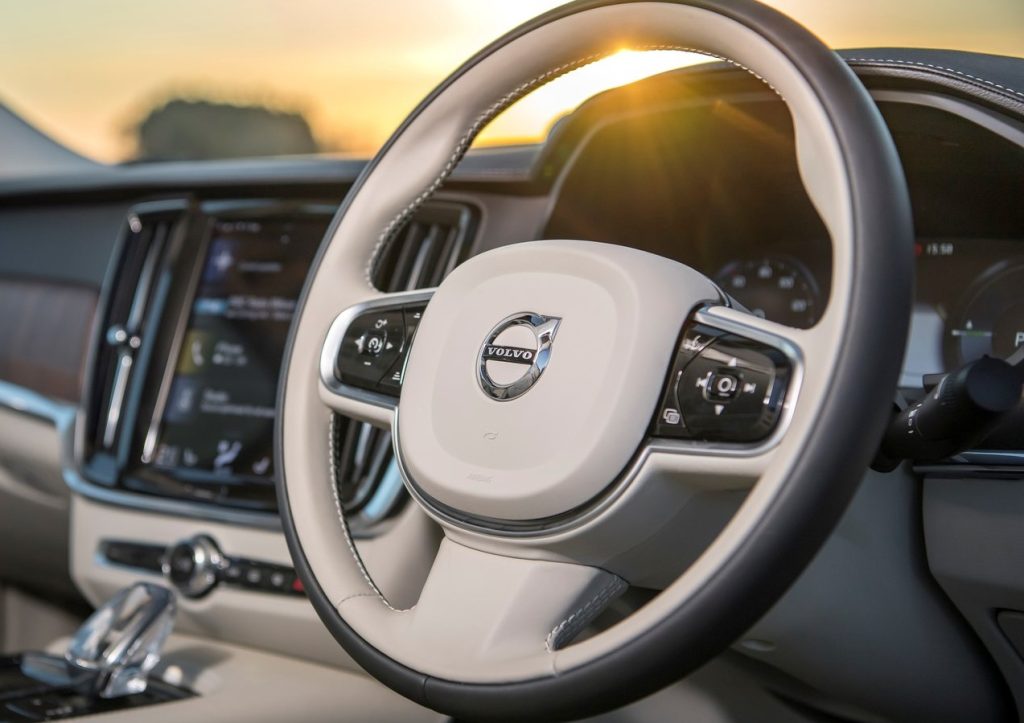
According to IIHS standards, a good rating requires systems to monitor the driver’s eyes and hand position and have two alerts within a 10-second span. If the driver deemed to still be inattentive after 20 seconds, a third alert should be implemented or the car should begin emergency action to slow itself down and safely exit the road, with 35 seconds of inattentive action from the driver seeing the vehicle slowing and exiting the road.
Monitoring systems should also require humans to initiate lane changes. Lane-keep assist should not disengage if a driver makes manual adjustments while it is active, as this encourages drivers to actively drive. Likewise, adaptive cruise control should not automatically resume after a long stop, presumably in heavy traffic where things could be hectic. Lastly, if seat belts aren’t fastened or automatic emergency braking is disabled, the monitoring system should prevent the driver assists from activating.
“Some drivers may feel that partial automation makes long drives easier, but there is little evidence it makes driving safer,” IIHS President David Harkey said. “As many high-profile crashes have illustrated, it can introduce new risks when systems lack the appropriate safeguards.”
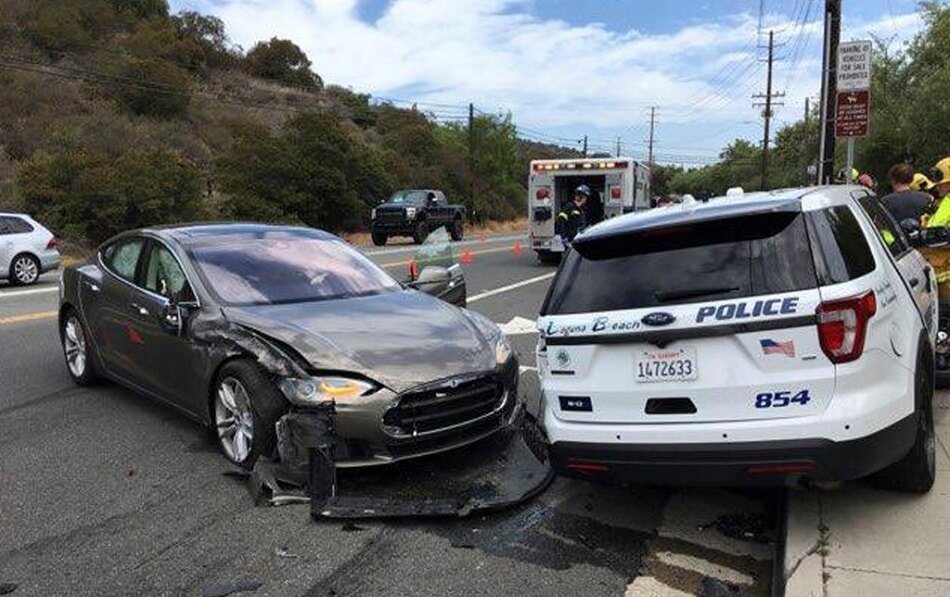
“These results are worrying, considering how quickly vehicles with these partial automation systems are hitting our roadways,” Harkey added. “But there’s a silver lining if you look at the performance of the group as a whole. No single system did well across the board, but in each category at least one system performed well. That means the fixes are readily available and, in some cases, may be accomplished with nothing more than a simple software update.”


